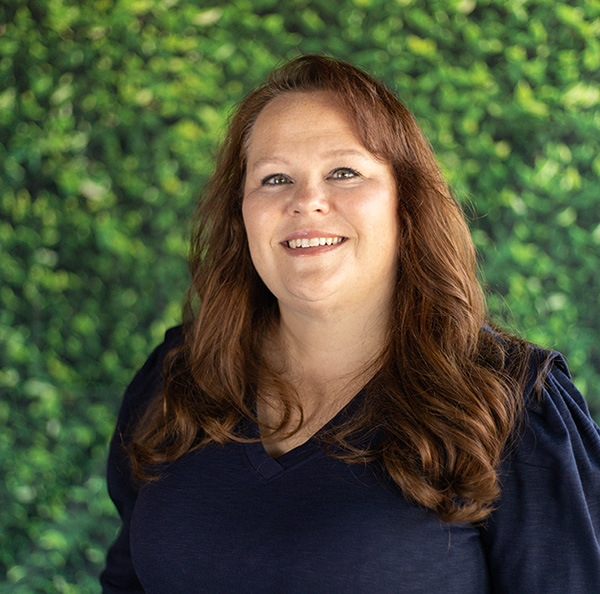Updated: Jan 8, 2021
We have all been thrust into a new paradigm and asked to problem solve at a moment’s notice to ensure our students are learning while at home. Educators are working like crazy to meet every students’ needs, and after the initial work has been done to get through the first weeks of remote learning, it may be time to take stock and simplify.
The Empowered Learner eToolkit from TCC and Mimi & Todd Press was designed to help simplify remote/hybrid learning.
What do we want most for our learners?
Three questions to consider:
- If we have a few months left of school, what do we want students to know and be able to do, whether we are learning remotely or in school?
- How can we keep using practices, like clarity, goal setting, and feedback, that have proven effective in our classrooms?
- How do we build stronger learners and support a love of learning?
A few ideas to simplify life as a remote educator:
Clarity: What do students need to learn?
First, consider developing a few, big picture Learning Goals, paired with Success Criteria for the remainder of the year. Focus on goals that will take multiple weeks and offer students and parents a chance for learners to wonder, explore, practice, refine, and apply their understanding in a variety of ways. How can this be accomplished?
Pick a subject or course and think through the following things to share with families:

If we can offer students and parents a simplicity in what is to be learned and many ways to engage in that learning, we can move away from having students complete a lot of busy work and move toward students experiencing authentic and choice-driven learning.
One idea, shared by Chris Gabriel from Liberty Public Schools in MO, is providing students with a menu of options but also including “must do” and “may do” items in order to allow for choice but also to ensure practice of critical skills and concepts.
Student Goal Setting and Reflection
Students and parents can also be given some simple tools to think through learning and personalize the experience. Consider asking students to use the clarity pieces from above to create individualized goals. By thinking it through, students can then be empowered to set and get goals.
The following are examples of questions that may be used:


Feedback and Proving Learning
While feedback remotely might feel different than in the physical classroom, it is still critical for success. Consider ways to engage with students in meaningful discussions about their progress and next steps in learning. These discussions will allow for a personal connection but also an opportunity to deepen and expand learning.
One way to engage in this idea would be to ask students to develop a simple portfolio of their work, in hard copy or virtually, to show what they have learned and then schedule check-ins with them.
The following questions might be useful to ask during a check-in:
- How were you a learner this week?
- What work are you most proud of that you wish to share with me?
- What are questions or places that you are getting stuck that I can support?
- What are your next steps in learning?
Students are now thrust into the center of learning and are owning their learning daily in this remote situation, and we have an opportunity to make that learning impactful, personalized, and choice-driven. We can do this so that they end the school year loving learning, rather than completing assignments.
Need more support in remote teaching? The Empowered Learner eToolkit is your remote/hybrid learning solution!

